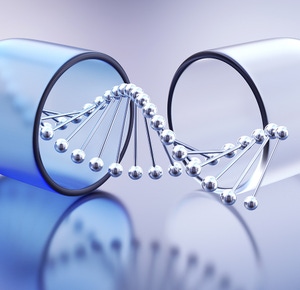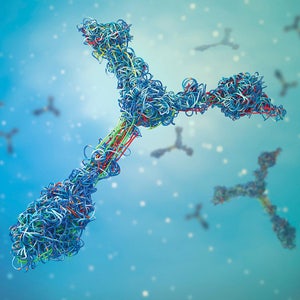Functional genomic workflows
Gene expression can be regulated using either RNAi or CRISPR technology, where RNAi represses gene expression at the mRNA level (knockdown), while CRISPR works at the DNA level and can permanently knockout, modulate, or knock-in genes.
The pivotal aim of a functional genomic screen is to elucidate the correlation between genotype and phenotype on a genome-wide scale. There are two main approaches how to perform gene editing/modulation and assess the resulting phenotypic response pooled and arrayed. Explore here how they work.
Gene expression can be regulated using either RNAi or CRISPR technology, where RNAi represses gene expression at the mRNA level (knockdown), while CRISPR works at the DNA level and can permanently knockout, modulate, or knock-in genes.
The pivotal aim of a functional genomic screen is to elucidate the correlation between genotype and phenotype on a genome-wide scale. There are two main approaches how to perform gene editing/modulation and assess the resulting phenotypic response pooled and arrayed. Explore here how they work.
Pooled screens
Whereby editing is performed with a mixture of guide RNA (gRNA) and thus a high number of perturbations occur. The mixed cell population is then exposed to a treatment and analyzed by NGS for deconvolution with an optional sorting step before. This approach is very cost effective, however only macro effects can be detected.
Whereby editing is performed with a mixture of guide RNA (gRNA) and thus a high number of perturbations occur. The mixed cell population is then exposed to a treatment and analyzed by NGS for deconvolution with an optional sorting step before. This approach is very cost effective, however only macro effects can be detected.
Arrayed screens
Where each gene perturbation occurs in a separate well of a multi-well plate, offering a clear phenotype to genotype correlation. The main read-out is imaging, which could be combined with detection or sequencing enabling a multi-parametric analysis. They are also well-suited for more advanced cell models like primary cells or 3D cell cultures.
Where each gene perturbation occurs in a separate well of a multi-well plate, offering a clear phenotype to genotype correlation. The main read-out is imaging, which could be combined with detection or sequencing enabling a multi-parametric analysis. They are also well-suited for more advanced cell models like primary cells or 3D cell cultures.

CRISPR knockout
Enables loss of function studies: screening with complete loss of gene expression provides the maximal window for phenotypic effect and high statistical power for hit discovery.
Enables loss of function studies: screening with complete loss of gene expression provides the maximal window for phenotypic effect and high statistical power for hit discovery.

CRISPRa/i screening
Amplify or repress gene expression rather than completely knocking out/in the target gene. Those systems allow to study gene expression in its endogenous context.
Amplify or repress gene expression rather than completely knocking out/in the target gene. Those systems allow to study gene expression in its endogenous context.
Explore by application
Disease models
- Use CRISPR knockout, CRISPR activation, and CRISPR interference to understand specific gene contribution to a disease
- Use gene knock-in to insert mutations mimicking disease or wild-type biology for better validated targets or compound identification
Pathway analysis
Understand the function of genes and how they contribute to biological processes and diseases.
Target identification
- Identify relevant targets or hits from phenotypic screening
- Assess the contribution of each gene in the genome to compound activity in a full genome loss-of-function screen
Target validation
- Verify targets in an arrayed secondary screen (smaller set of genes) and eliminate false positives
- Investigate gene knockout or modification in a variety of cell types to determine if a gene target provides the same phenotype in multiple cell types
Cell & gene therapy
- Reverse disease-causing mutations
- Edit CAR-T cells to attack cancer cells
Gene editing and modulation reagents
Selecting the appropriate format of reagents is the first critical step before starting a screen. We offer a variety of formats, so that regardless of the scientific question, we can support your experimental needs.
Sample prep and automation
These types of assays are often labor intensive and require many steps for re-suspending the CRISPR reagents, cell transfer, and treatment addition or staining. To accelerate your assay, we offer a full range of liquid handling, integrated laboratory automation, and cell counters that together with our specially designed microplates, improve your workflow and provide consistent and quality results.
Detection
Once it's time to acquire an image, options for read-outs can range from simple phenotypic or viability assays to multiparametric high-content analysis. Our line of sensitive yet powerful microplate readers, live cell imagers, and high-content analysis systems, plus innovative reagents enable you to accelerate your workflow and reduce costs.
Analysis
Once your gene-editing experiment is complete, you’re faced with readouts and large amounts of data that need to be analyzed. Our next generation informatics solutions help you to contextually analyze all that data, so you have more physiologically relevant results to make more informed decisions.










































